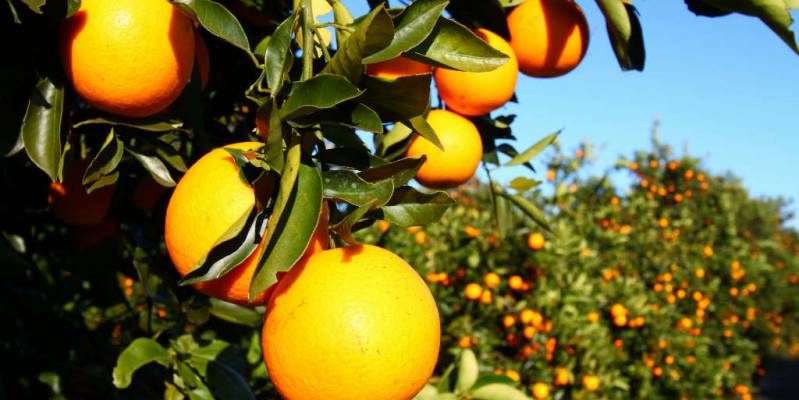News: More than half of the oranges in the EU come from Spain

The figures from Eurostat on the orange crop show that 270,000 hectares are destined for orange cultivation in the EU.
Spain accounts for 150,000 hectares, which is 52% of the total. Italy is second on the list with 80,000 hectares (31%) of orange cultivation and Greece third with 30,000 hectares (11%).
The EU Member States collectively harvest 6.2 million tonnes of oranges in 2017, 54% of which came to 3.4 million tonnes from Spain. Italy supplied 1.5 million tonnes (25%) and Greece 1 million tonnes (16%).
Most of the oranges are traded within the EU itself. For example, almost 2.7 million tonnes were traded by the EU member states of which 90% within the EU. Here, too, Spain scored the best with 1.6 million tons of exports in 2017, which is 61% of total EU exports.
But Spain is obviously not the only supplier of oranges within the EU. According to Eurostat, more than 70% of non-EU imported oranges from South Africa come with 451,000 tonnes and Egypt with 281,000 tonnes. However, there were also oranges from Morocco with 121,000 tons and Argentina with 39,200 tons or Brazil with 28,600 tons in 2017.
Spanish regions
Within Spain, the autonomous federal states of Comunidad Valenciana, Andalusia and Murcia are the market leaders in the orange harvest and citrus harvest in general. In the Valencia region, it is expected to produce nearly 3.9 million tonnes during the 2018/2019 season, which is 23% more than last year. In Andalusia this is 2.2 million tons and in Murcia just under 1 million tons of citrus harvest.
The majority of the citrus harvest in these three autonomous regions will consist of oranges (83.4%) followed by lemons (15.2%), grapefruits (1.1%) and to a lesser extent other small citrus fruits (0.3%). ).






